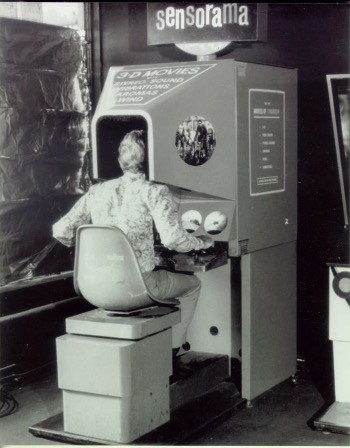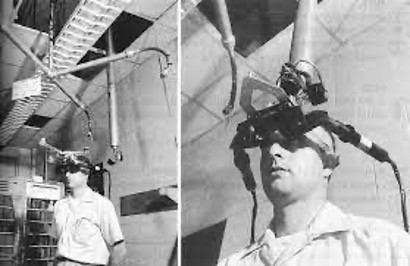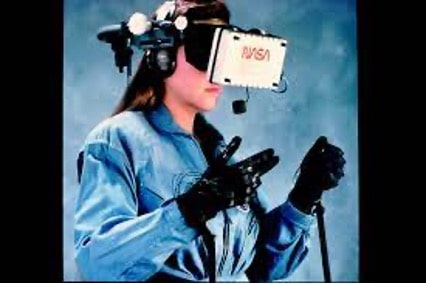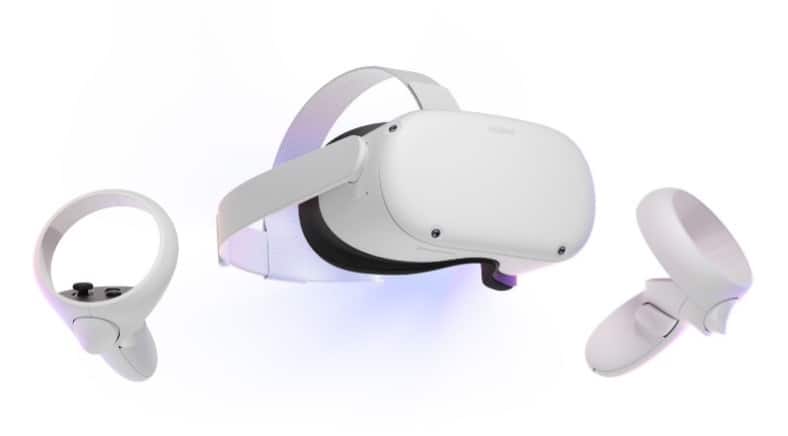Virtual reality is a simulated environment and an experience that can be similar to or completely different from the real world where a person is physically present. The origins of virtual reality can be traced back to 1956. Morton Heilig, who had a strong background in the film industry, created the Sensorama machine [1] to help people feel as if they were inside the film. People in the theater could recreate a motorcycle ride across a metropolis using this 3D image, which included multisensory experiences.

Later, in 1968 Ivan Sutherland and his student Bob Sproull created the first VR / AR head-mounted display [2] that was connected to a computer, not a camera. This device is represented as a prototype for the VR headsets that became popular in schools and other educational settings later on.

In 1990, NASA created the Virtual Interface Environment Workstation (VIEW), which allowed astronomers to explore a virtual version of space. Then, a VR training lab was built to train the astronomers on the ground.

Following these milestones, VR technology continued to improve with the projects like SEGA, Landmark VR PTSD treatment, and Matrix) which are beyond the scope of this short blog post. However more recently in 2014, the beginning of exponential growth was rooted in projects and announcements of giant companies such as Google, Sony, and Facebook. Google Cardboard was released, bringing 360-degree picture VR to the masses. Facebook bought Oculus. Sony announced its VR project based on the PlayStation game console. In 2016, after these technological advancements, VR development took off. Lots of new powerful virtual reality products were released in a short period. Microsoft Hololens, Playstation VR, HTC VIVE, Oculus Quest are just a portion of them.
Facebook released the Oculus Quest 2 in October 2020. It is now the industry's most powerful and affordable wireless VR headset.

After the breakthrough, VR technology in the 21st century is used in every area. For example, exploring distant hard-to-reach locations, historical settings, and art galleries. Especially in the field of education, virtual reality holds a great potential to provide support to both students and teachers. The current hype surrounding Virtual Reality is underlined by the community that contributed to its development. The technology we see portrayed on our gaming platforms or as an integral part of shows like Black Mirror, were once just theoretical concepts dreamt up by sci-fi writers, and had to be made a reality by visionary technicians like Llinas and Sutherland, who dedicated their time and effort to making things happen. Their efforts resulted in making VR a reality years before anyone thought it could become so, and eventually have a significant impact on our lives. For this purpose, VRLab Academy, an online educational platform offers online science experiments in different fields such as Chemistry, Physics, Biology, Popular science and is compatible with high resolution VR sets and gives the opportunity to experience science hands-on. VRLab Academy is a great tool for both face-to-face and distance education, and it is not a short-term answer but even superior solution to physical laboratories. VRLab Academy is poised to support the remarkable innovation in virtual reality with a library of articles and products that deliver on the promise of this new medium.
Take a look at all experiments at VRLab Academy and enhance your teaching power with us.
References
[1] 2022. [online] Available at: https://www.researchgate.net/figure/First-virtual-reality-applications-Sensorama-Machine-by-Morton-Heiling-left-The_fig1_310802053
[2] 2022. [online] Available at: https://www.researchgate.net/figure/Ivan-Sutherlands-head-mounted-3D-display-c-1968-The-display-had-a-suspending_fig1_337438550
[3] NASA. 2022. The Virtual Interface Environment Workstation (VIEW), 1990. [online] Available at: https://www.nasa.gov/ames/spinoff/new_continent_of_ideas/